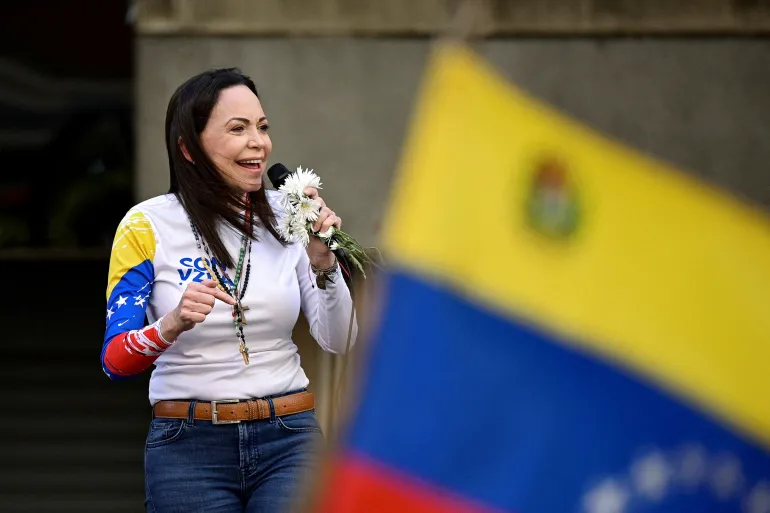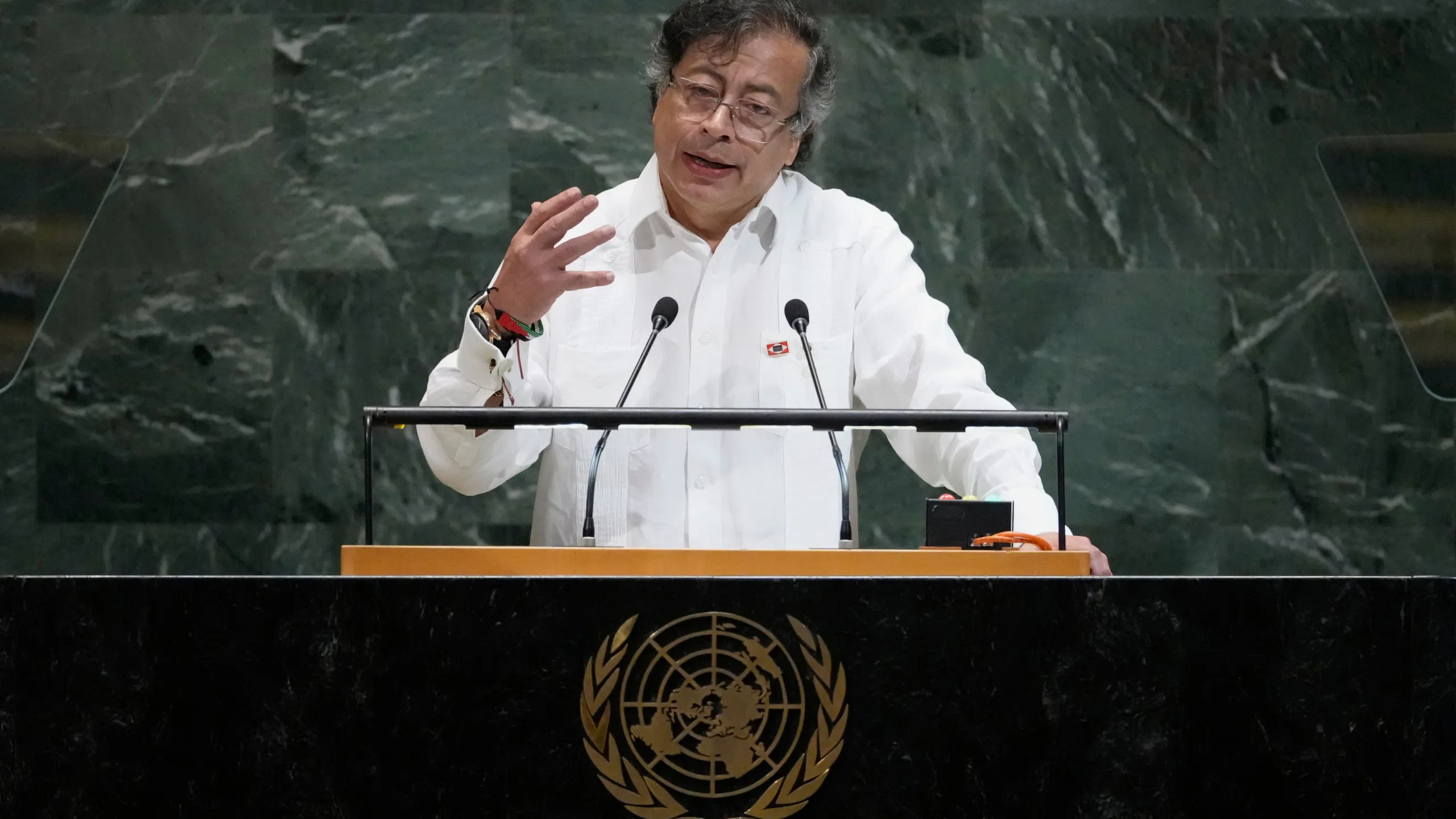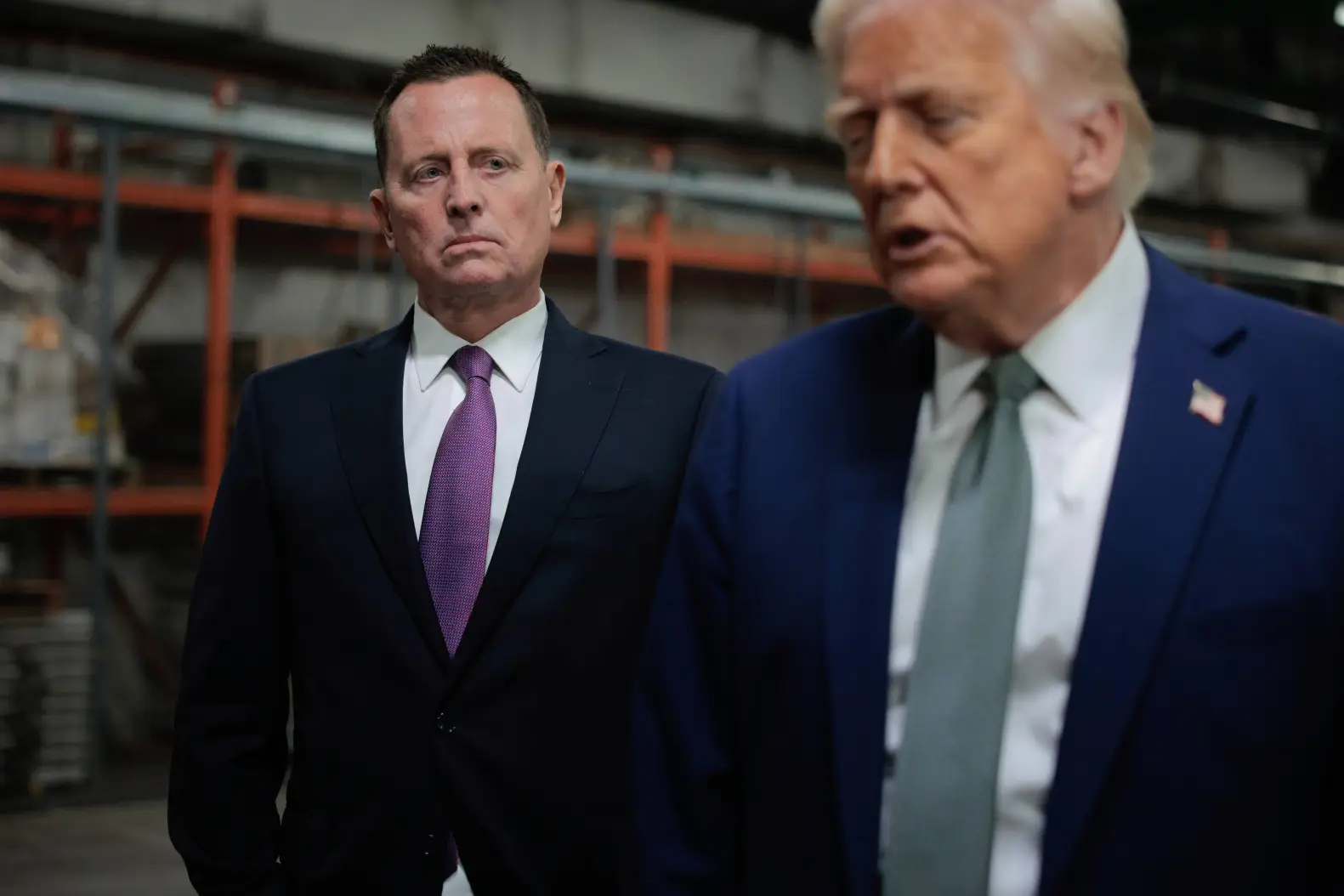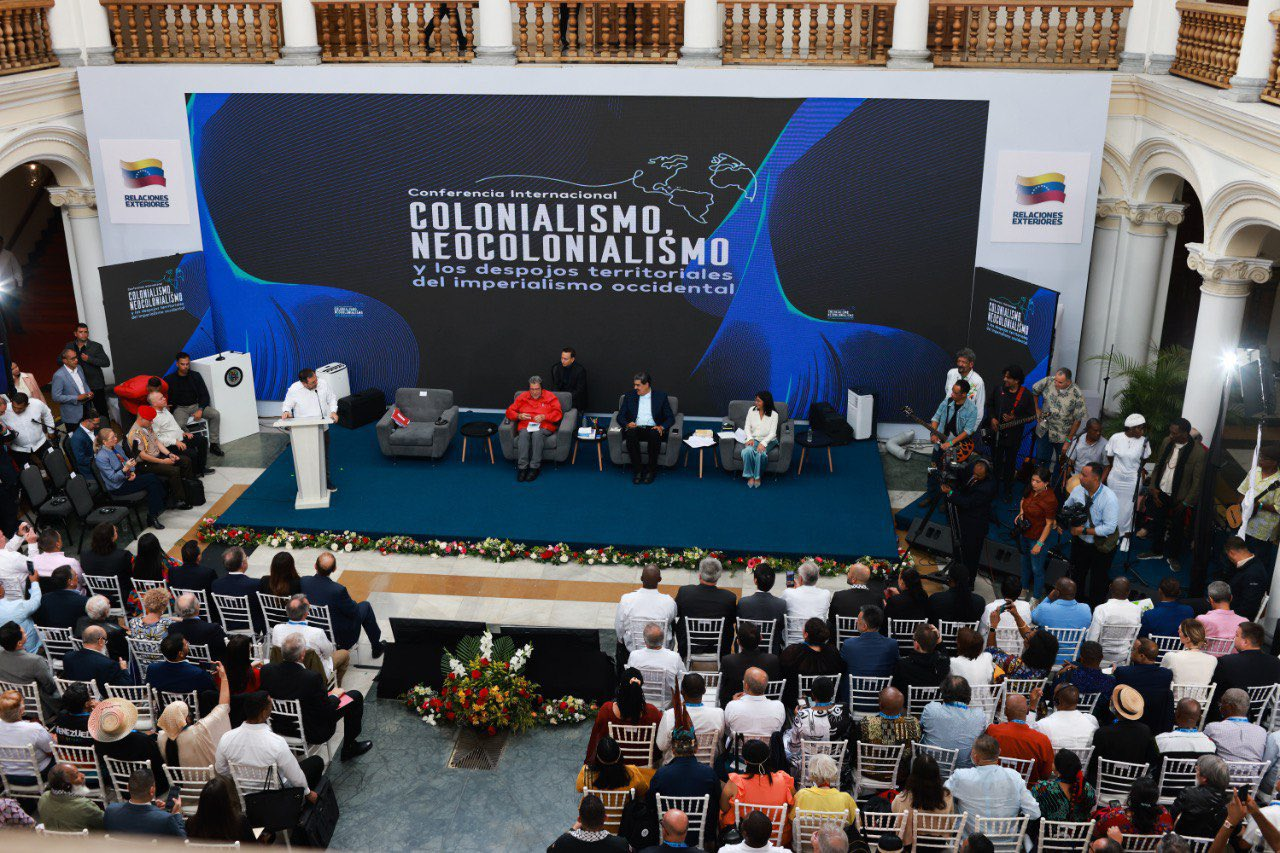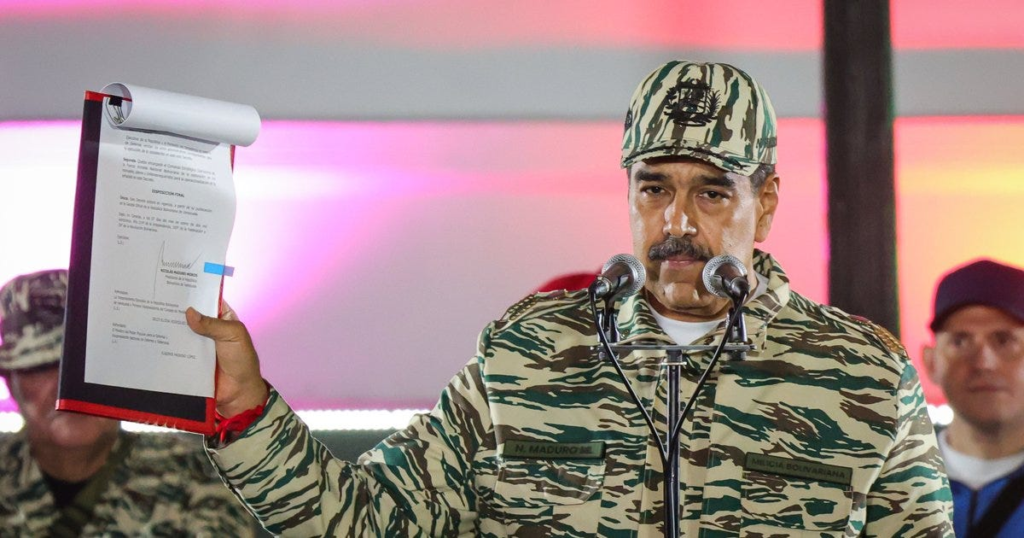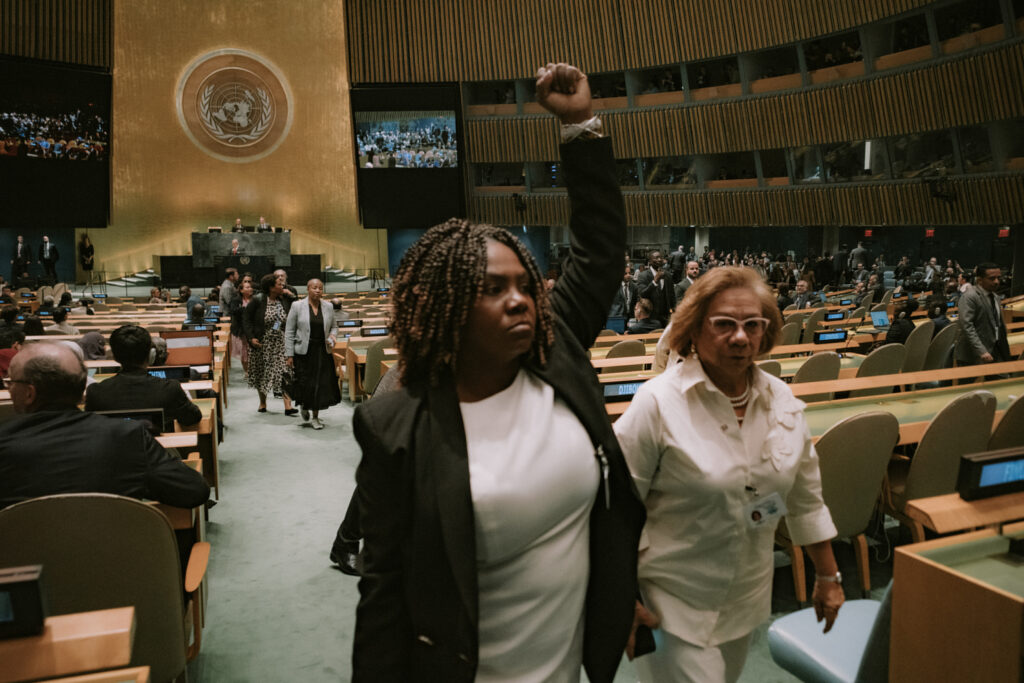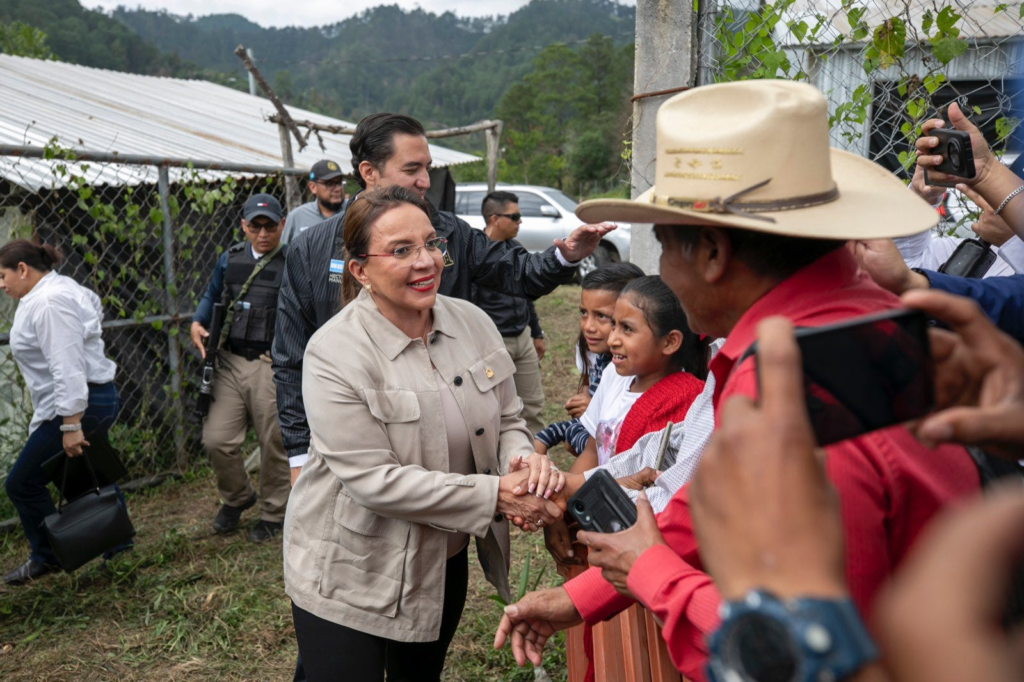The Mexican National Team was victorious over the United States in the 2025 CONCACAF Gold Cup this Independence Day weekend. El Tris are now crowned kings of the North and Central American fútbol world for the second consecutive time.
The Gold Cup, a tournament that comes around only once every two years, is always projected to host the two usual finalists, the United States vs. Mexico, an age-old North American rivalry with its fair share of blood and spoils. The smaller nations of Central America – Guatemala, Honduras, Costa Rica – and the even smaller nations of the Caribbean hardly expect to get very far, but fancy themselves to push the boundaries and attempt to upset one of their giant neighbors in the United States, Mexico, and Canada.
The U.S.-MEX showdown is never one to disappoint. It’s 90 minutes of pure hatred that often turns bloody. The animosity is palpable, not only on the pitch but in the stands, too. The stadium is a boiling cauldron of beer, heritage, and border disputes around a turf war below that always seems to be shrouded in the current political environment that feeds into its emotions.
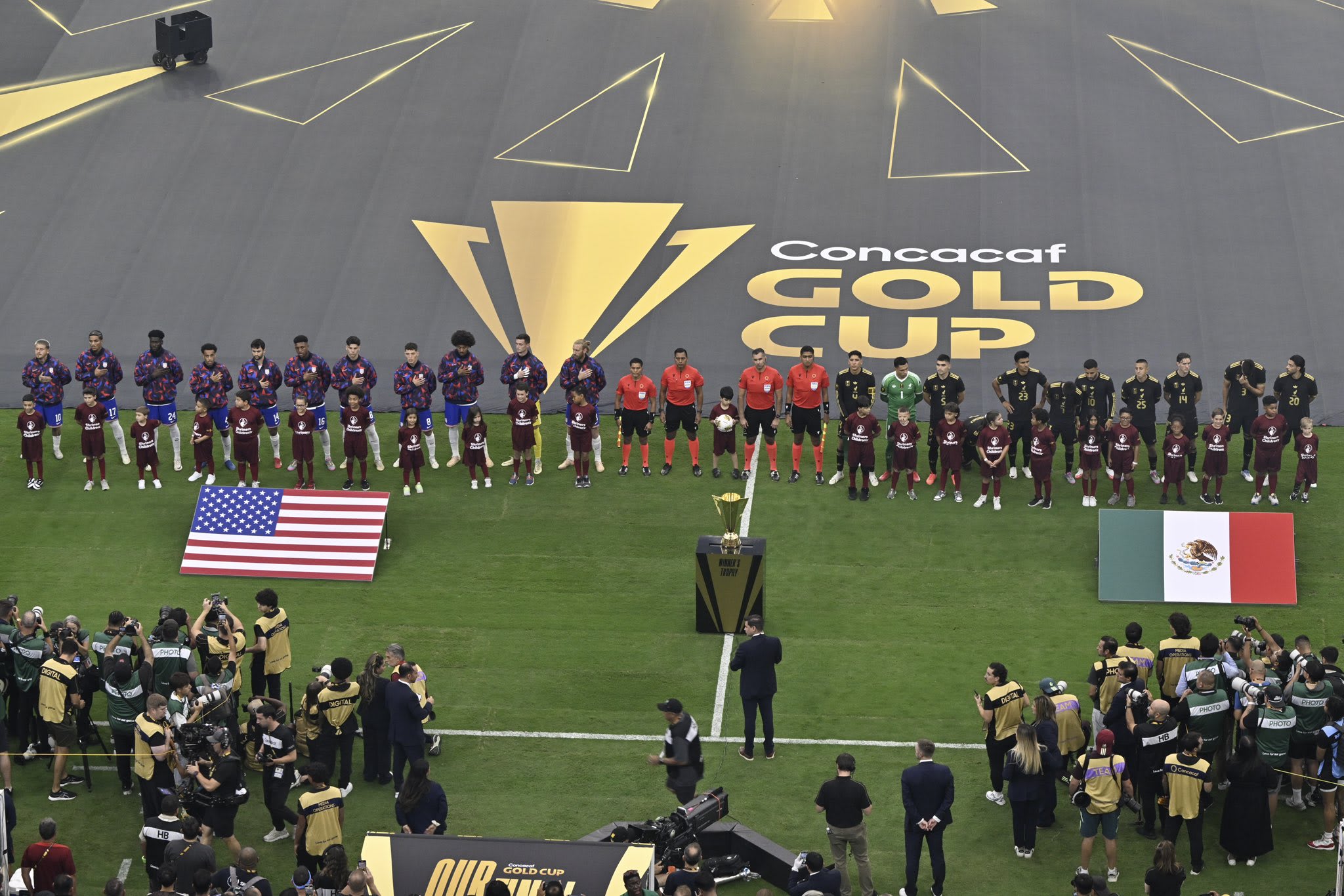
On the 6th of July at NRG Stadium in Houston, Texas, things went off to a gracious start. There weren’t the mutual sneers, boos, and jeers over the opposition’s national anthems as there were at the U.S.-Canada ice-rinks following the Trump-Trudeau tariff war. Not at all, as a matter of fact, shortly before the match, the Mexican National Team posted on X requesting that all Mexican supporters in the stadium remain silent during the U.S. national anthem. Red, white, and blue supporters were happy to reciprocate. This was the first glimpse that would foretell the mood of the match and how it would ensue.
This was a very different mood from those we’ve witnessed before when these two nations meet on the fútbol pitch. Of course, it was even more surprising considering the political backdrop between the nations.

There have been three stories throughout the headlines recently, occupying the forefront of U.S.-Mexican relations, sparking vociferous and heated debate between the people of both countries, as well as between people residing within the same communities on each sides of the U.S.-Mexico border.
Immigration
The first issue has been immigration. Following the reelection of Donald Trump in the United States, the administration has prioritized executing on its pledge to the American people of removing millions of undocumented migrants from the United States, who have come across the border during the previous Biden administration.
This has been for many decades, and will continue to be a major sticking point for people of Hispanic origin, and more specifically, people of Mexican descent, who have utilized the long-standing practice of lax immigration enforcement on the part of past U.S. administrations.
Many of these people who migrate from across the U.S. southern border have typically come to the United States to work and reach for the opportunity to provide a more prosperous life for their families. When these opportunities are shut out, there is a resentment that many within the Latino community will express as a result.
What is transpiring in the United States regarding immigration enforcement by this administration has never been done before. The sheer volume of people who are subject to removal under current immigration law has created a backlog of millions of people who need to be rounded up by immigration officials and physically removed from the country. This has required I.C.E. and other immigration authorities to coordinate with various local law enforcement agencies to penetrate small and large communities all across the United States that have established a well-known Latino presence with deep connections with the migrant community.
These forays by immigration officials have garnered the disdain from pro-migrant activists attempting to obstruct this administration from carrying out immigration enforcement. The dissatisfaction is also felt by neighboring governments, including those south of the U.S. southern border, like President Claudia Sheinbaum’s of Mexico.
Sheinbaum has been very local in her opposition to the harsh immigration policies of her northern neighbor, an issue which have frequently been at the center of public disagreements between the two governments. Sheinbaum has previously denounced the “unilateral deportations” of Mexican migrants while Trump has vowed to reinstate his “remain in Mexico” policy going off of his first term in office.
Earlier this year, President Trump also threatened to strike at the criminal cartels operating in Mexico by unilateral drone strikes, which garnered much attention in Mexico, where the Sheinbaum government warned that such a move was not necessary and would violate the territorial sovereignty of the nation.
Mexico City Protests
There was a second occurrence that took place over Independence weekend, but in the posh neighborhoods like La Condesa in Mexico City, Mexico. It was two days of widespread demonstrations that flooded the popular tourist streets of affluent sections of the capital, witnessing crowds of activists protesting the increasing presence of foreigners, whom the locals are blaming for the rise in the cost of living in the area and the overall “gentrification” of neighborhoods due to overpopulation and traveling “gringos” who have been relocating in the Mexican capital over the years.
Young demonstrators dressed in dark, baggy clothing with pink and green colored hair spent the weekend, brandishing Palestinian flags and the Red Banner of the hammer and sickle. Viral videos hit the airwaves featuring activists chanting fuera gringos!” spray painting residential structures and vandalizing local restaurants and cafes known to be patronized by traveling tourists.
The issue created heated debate between the two populations as many Americans have represented this same sentiment, but north of the U.S.-Mexican border, accusing those in Mexico protesting the influx of foreigners into their country of hyprocrisy.
Mexicans, on the other hand, have the same message for Americans north of the border, asserting that “this is how you’ve treated us!”
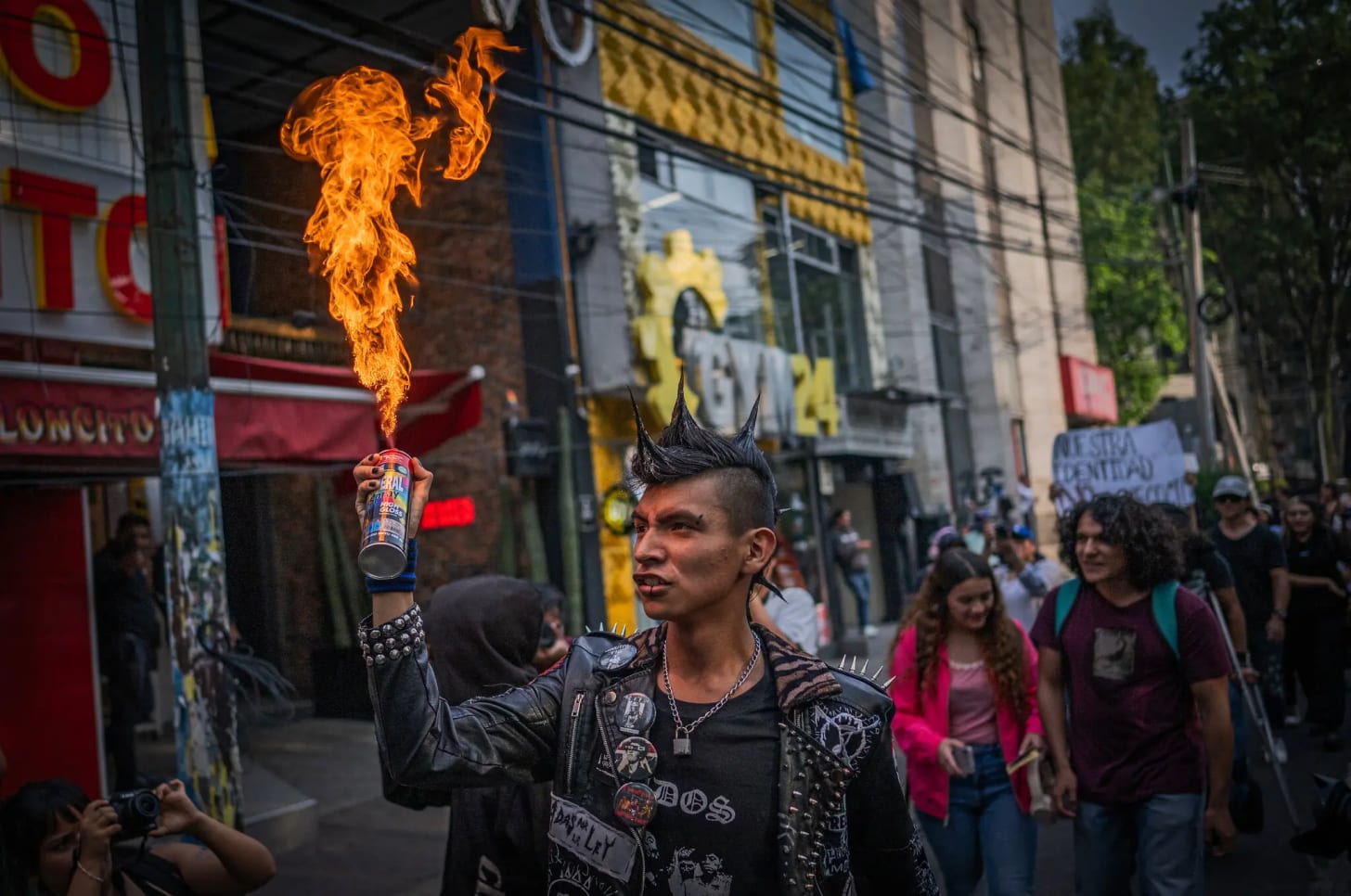
But again, the mood at NRG Stadium was unusually mild, considering the tensions surrounding the controversial politics between these two nations.
Texas Floods
The third backdrop that encapsulated the Gold Cup Finals in Houston was the flash flooding that smothered the quiet hill country of central Texas.
Just this morning, the 8th of July, the projected death toll from the disaster surpassed 100 people, many among the dead are young children who were spending the weekend at summer camps around Kerr County.
Heavy rainfall began to flood the Guadeloupe River in the early morning hours of Friday, July 4th. Thousands of people awoke from their mattresses, soaked in cold, muggy river water that rose 26 feet in less than one hour.
Families tried to make it out alive, and many others succumbed to the floods. When daybreak broke, portions of Kerr County looked like a wasteland after the water swallowed everything in its path. Hundreds today are still missing. Children are still lost as emergency efforts are still underway.

The Mexican government was quick to react, deploying firefighters, volunteers, and search and rescue teams to the area to aid local authorities in central Texas. This is a reminder that despite the escalating political tensions and the animosity over various issues between these two governments and their people, in times of tragic crises and disaster, assistance provided by both of these governments in efforts to aid the people of these two countries did not go wanting. Such instances of aid are not uncommon and have been provided many times over when the circumstances demanded.
Such is a representation of the deep bonds and the shared heritage in some parts of these countries that cement a worthy friendship.
Perhaps the histories between our two nations are complicated, and in some instances, bloody. Or perhaps there is still a playful, if not brutal, animosity that divides us yet, but when both of our people are faced with disaster, we’ve always managed to stand beside one another with fortitude and grace.
The United States got off to a flying start, scoring within the first five minutes of the match. However, the U.S. team struggled with possession throughout the remainder of the game, and were mostly caught in their own half of the pitch.
It wasn’t until the 77th minute that Edson Álvarez, centre-back for Mexico, scored to make it 2-1 in favor of Mexico by a controversial goal that was deferred to VAR technology. It was 15 minutes later that the 2025 CONCACAF Gold Cup was heading back home to Mexico City.


